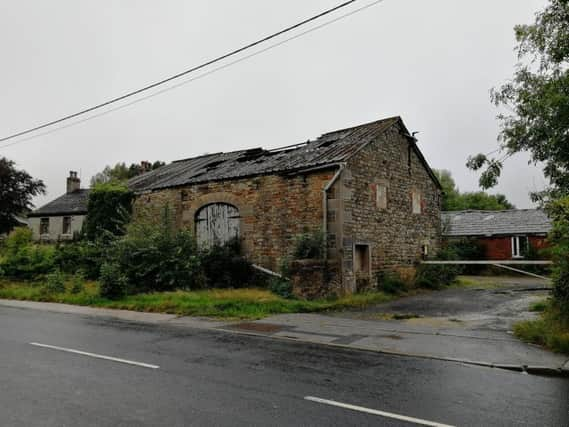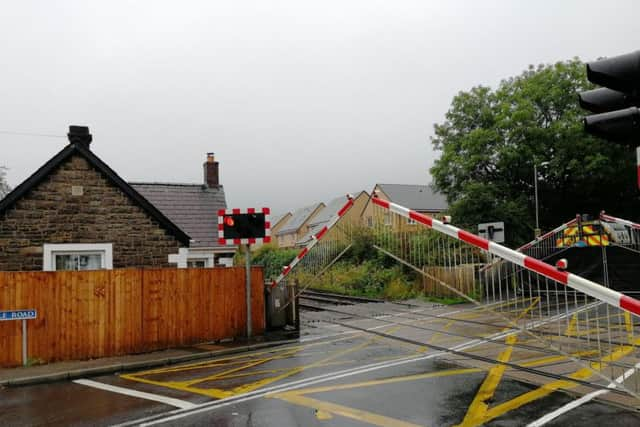Bamber Bridge planning inquiry into 260 new homes will not be contested by council


South Ribble Borough Council has decided not to contest an appeal by Persimmon Homes, whose application to build 261 properties on land off Brindle Road was rejected last November.
The move comes after the authority lost an appeal by Bellway Homes against a decision to refuse permission for almost 200 dwellings on another part of the same site. The refusal was overturned at a 4-day Planning Inspectorate hearing in August.


Advertisement
Hide AdAdvertisement
Hide AdHowever, South Ribble has opted not to defend the appeal by Persimmon Homes as result of “risks” highlighted in a confidential report presented to committee members. On the casting vote of the chair, the council withdrew from the proceedings on a “no costs basis”.
In a statement, South Ribble Council confirmed its decision, but added: “We would encourage residents to attend [the hearing] in order that they can make their views known.” The inquiry is due to begin on 18th December at the authority’s headquarters in Leyland.
“After losing a similar appeal and with no new evidence to present to the inspectorate, there was always the chance of a similar verdict. Pursuing this latest appeal by Persimmon could also have resulted in the authority having to pay some or all of the costs,” Mr. Rogerson added.
In both applications, councillors had voted against the advice of the authority’s own officers to approve the plans.
Advertisement
Hide AdAdvertisement
Hide AdThe land which the two housebuilders want to develop is currently occupied by the disused Grey Gables Farm. It is earmarked for housing in South Ribble’s local plan – but with an estimated capacity of 250 properties across its entire 22 hectares.
The Persimmon application, if successfully appealed, would combine with Bellway’s now approved plans to create more than 450 properties. The planning inspector in the Bellway case ruled that the housing figure in the local plan was “indicative” and planning officers in South Ribble had concluded that the site could accommodate the increased number, whilst still adhering to minimum requirements for space between dwellings.
Planning committee councillors refused permission for the Persimmon application because of concerns that it was not in-keeping with the surrounding semi-rural area and also the issue of noise from the nearby M61 motorway.
Both of those matters were also raised at the Bellway Homes appeal and dismissed by the planning inspector. Martin Whitehead ruled that the location should be classed as an urban one and that, while noise levels may exceed the World Health Organisation’s maximum guideline level, it was by “the smallest change [in volume] that can be detected by human hearing”.
Advertisement
Hide AdAdvertisement
Hide AdPersimmon Homes also took part in the Bellway Homes appeal, as an interested party. The constructor’s legal team questioned witnesses about the potential impact of the overall development on a nearby level crossing.
Concerns had been raised by objectors that increased traffic could lead to dangerous overtaking of stationary vehicles waiting at the railway crossing’s barriers at the junction of Brindle Road and Bank Head Lane. But the inspector concluded that the roads in the area had “a relatively good accident record” and could cope with a greater volume of traffic.